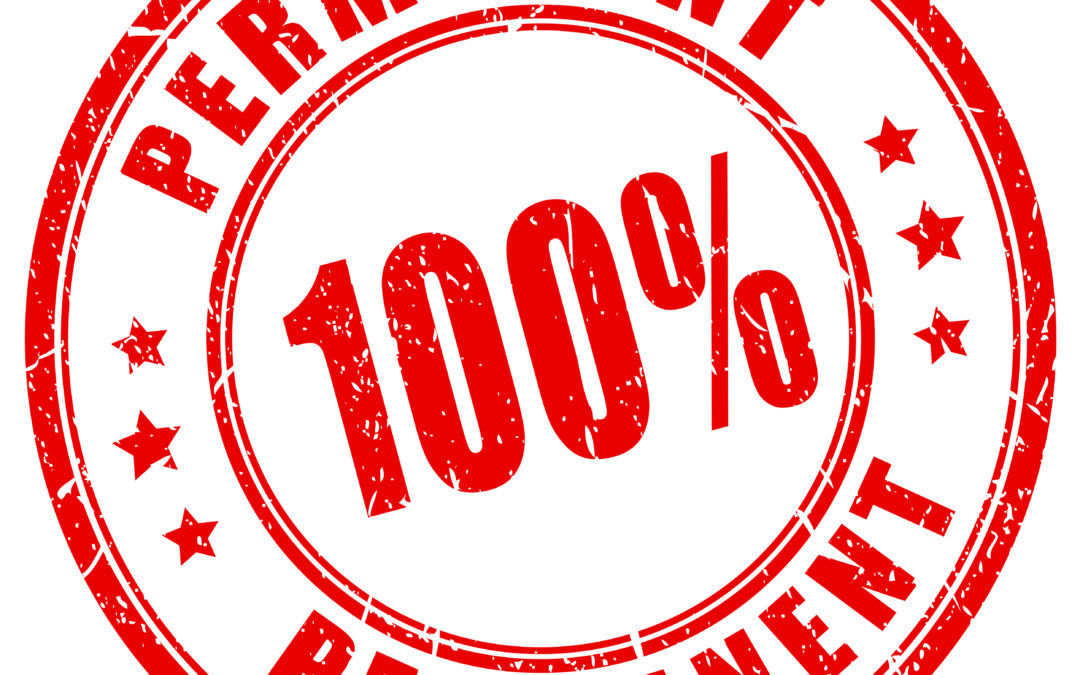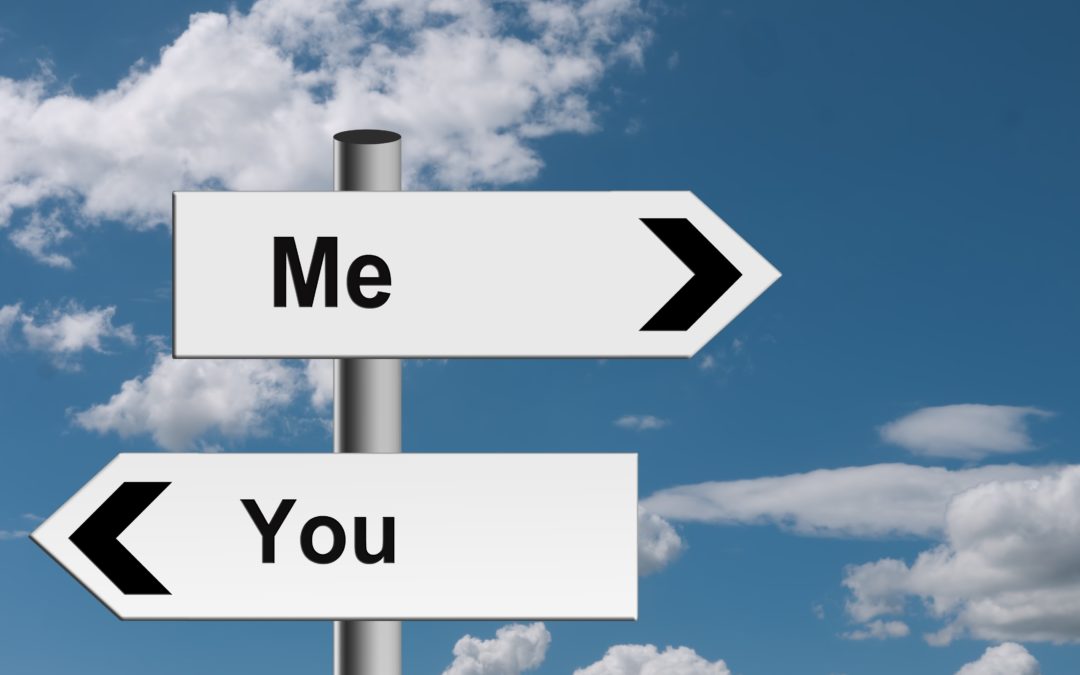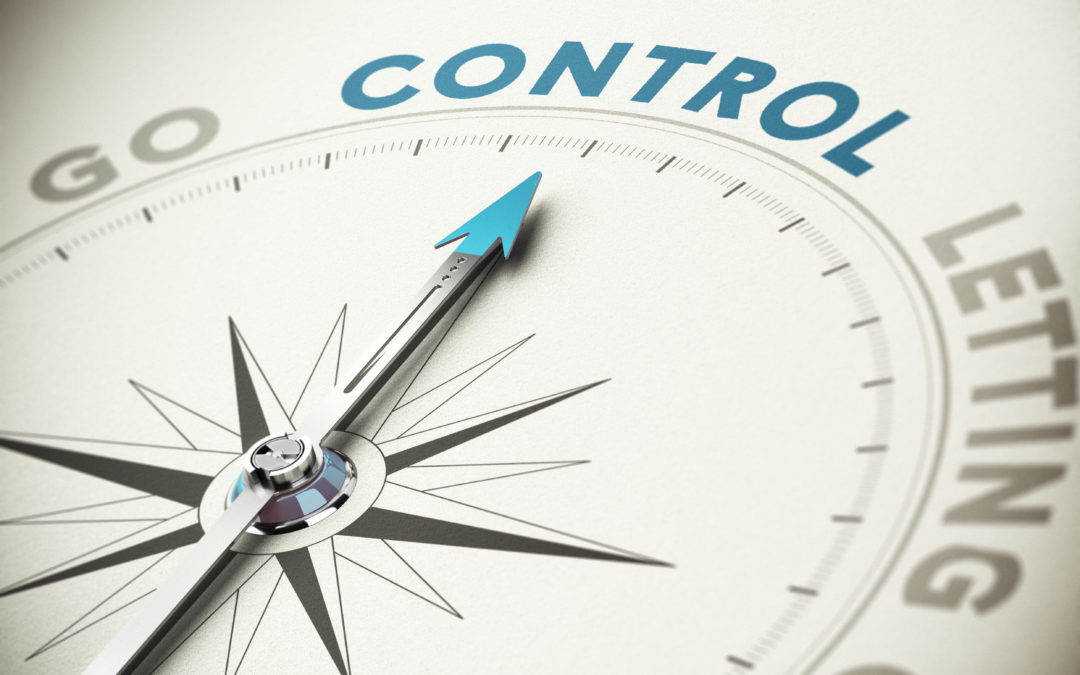
Introduction to Living Beyond Life Addictions®
How the Search Began
I have a non-traditional education based on Buddhist philosophy. Despite this more supportive approach, once I began to work as a counselor, I still became dissatisfied with traditional psychology. Diagnosing clients and/or using cognitive behavioral therapy often does not help them create lasting change. I noticed that it often does not lead to an increase in quality of life or the resolution of peoples’ “issues.” As I continued studying beyond the 12 step programs I participated in and my education in psychology, I began to see the sages of the East as the real originators of psychology. They had already seen past the human condition to states far beyond what Western psychology seems to think possible. The key difference is that Eastern traditions de-emphasize the human ego rather than build it up as in Western psychology. All speak of the world as Maya or an illusion, resulting in Samsara or suffering as the object of our perception. When we are under the illusion of Maya, it seems as though samsara or the world is reality. When we try to change this reality by changing our ego, minds, or thinking, we may appear initially to have some success, but suffering continues. The sages of the East seem to have a much easier time. They speak of their experiences of happiness, peace, and joy that seem inaccessible when we try to change our thoughts or behavior using traditional psychology. A quote from Silence of the Heart, Dialogues with Robert Adams illustrates this perfectly.
“So there are two ways of seeing this world. One is Maya, the grand illusion. You want nothing to do with this. This is what creates problems. This appears to create animosity (hatred), sorrow. But then there is the real world. The world of the Self. The world of Bliss. The world of total joy, unalloyed peace, and happiness. This is what you really are. This is your real nature, your swarupa. You have always been this, and you will always be this. Forget about the past. Do not worry about the future. Have total faith, total joy, in yourself. Only when you can understand yourself as All-Pervading Consciousness can you possibly understand that all the universe is an emanation of your mind. Everything you see comes out of you.”
Discovering the 7 Life Addictions®
During meditation, I slowly began to notice seven main illusions. As I explored this further, I realized we tend to give energy to these illusions leaving us feeling depleted or falsely entangled. When we engage with the world by objectifying our reality (Samara), we can become trapped into thinking and living in ways that are not supportive. I call them addictions not to be harsh or judgmental but to point toward how much we give our power away to illusion. Addiction and illusion have a lot in common. When we are “addicted,” we are under the illusion that something or substance or activity fulfills us. It may appear to satisfy us at times or for a time, but eventually, not only does it fail us, but we are left feeling empty and lost. I settled on the term Life Addictions® because we tend to think we get fulfillment or satisfaction from the world we can only genuinely get from within.
Finding the Most Effective Solution(s)
I began to explore these illusions and how they seem to take hold in our lives. I quickly realized I only saw the problem or the issue at hand, but I had not fully identified a solution or remedy. At first, I was frustrated, but then I was introduced to The Sedona Method® (TSM). As some of you may already know, it has become the primary system I use to teach people how to live beyond Life Addictions®. TSM is a powerfully simple set of tools we can use to help us reconnect with the naturalness of simply being. And in that natural state, we can sense that changeless awareness that all illusion appears in or on. We begin to explore the Ultimate Solution, as many saints and sages call it. We use words to refer to things beyond words which can get tricky, but luckily Lester Levenson and Hale Dwoskin have developed useful and effective questions to assist us in this process.
“The real addiction we all have is to suffering.”
Hale Dwoskin,
creator of The Sedona Method®
I went through a stage where I thought the Living Beyond Life Addictions® system was useless after discovering TSM. Now I am revisiting that conclusion and finding value in this approach, especially when combined with TSM as the solution or primary tool to see beyond all illusion. Awareness itself, when it shines its light upon any illusion, will take care of releasing any trapped energy on its own. Awareness is always here and available to us. We simply need to notice it! (Actually, it is here even when we aren’t noticing it!)
Paramahansa Yogananda
I recently attended the Sedona Method Advanced retreat. On the first morning before the retreat began I did a brief meditation. I set an intention to use the week of the retreat to explore whether or not I should use this system The previous day I had cleaned up the usual paperwork pile that sat just next to me. It had grown past my comfort zone. In the same area, I also had a section of material from visiting the Lake Shrine created by Paramahansa Yogananda in Pacific Palisades, CA. I had even purchased his Home-Study Series but somehow had reversed the house numbers on my address.so I had only received 2 of the 12 lessons. Without a thought, I picked up one of the lessons sitting near me during the retreat, and I was surprised to find Yogananda’s version of this system! He calls them “Satan’s Principle Delusions and How to Overcome Them.” First, I felt better about using the word addiction! Then I remembered I had asked for support to see if this system was usable or valid! It seemed I had received that support!
Getting Started…
I welcome you to join me in exploring Living Beyond Beyond Life Addictions®. And I thank you for being willing to open to seeing beyond the illusions that keep us from experiencing the Freedom we already are! When we engage in this process together, it helps us all even more.
I look forward to working with you!
Unlimited Psychology, LLC © 2021 All Rights Reserved

The Illusion of Subservience
Believing that we are somehow beneath another because they seem to have access to knowledge, power, or abilities that we do not is the illusion of subservience. We might even feel we need to obey or follow them. I’m not saying this to offend anyone, but we are often taught that we are to obey those above us or obey a religious figure of some sort or any other person in authority. This can lead us to behave in ways that are not in alignment with our values, or we can accept what someone in authority tells us simply because of their position, even if we know it isn’t true!
With this illusion, we may not even notice we had agreed with something until later when we realize we did not speak up and correct that person when they said something to us or about us that is not true. We might be able to articulate this to a close friend we trust and then see that we went along with something that did not accurately portray where we are coming from. As with all of the 7 illusions, even when we see we have fallen into an unconscious trap or pattern, there is still hope! In fact, simply becoming aware of this indicates that we are ready to address it and take steps to release any energy we have trapped in illusion. Again using The Sedona Method®, we let go of “wanting to be controlled.” Now, of course, no one actually wants to be controlled by another, but when we DON’T want something, that feeds it. In other words, we are leaking energy or simply suppressing our life force by trapping it in illusion. Another way to put it is we are holding hands with what we don’t want and giving that our energy. Releasing can help us free up the energy we have bound in this illusion. We can become more comfortable saying “no” when we need to or leave situations and relationships that are not mutual. Honoring others’ choices is another possible side effect of releasing this illusion. When we live beyond this illusion, we can become less likely to want others to be subservient to us as well! We may also begin to see that if another person wants to dominate us, we can walk away without an argument.
In TSM teachings, Hale Dwoskin talks about knowing when to yield and when to be assertive. This is yet another possible positive outcome from freeing ourselves from the illusion of subservience. We become more fluid in our interactions, responding in ways that honor us without placing ourselves above or below another individual. We can also become more accepting when another person needs to say no to us. Mutuality can grow, and harm can be reduced when we create an atmosphere of equality and truth. We can yield to others who have strengths we do not and vice versa.
We bow in honor rather than bowing down to another.
Unlimited Psychology, LLC © 2021 All Rights Reserved

The Illusion of Permanence
It is not impermanence that makes us suffer.
What makes us suffer is wanting things to be permanent when they are not.
Thich Nat Han
Everything in our world is impermanent. Yet, we try to live as though it is permanent. Another way to put this is that we “pretend” that our loved ones will live forever, or we avoid paying attention to the impermanent nature of this world. One of the most challenging aspects of this illusion is we tend to live as though we will be here forever. We may feel we need to accumulate more or feel we never have enough when we live by this illusion. We sometimes do this at the expense of our happiness and well-being! A quote from a book of Robert Adams teachings called Silence of the Heart illustrates this perfectly:
“The world isn’t the same as it was 20 years ago. Everything has changed. Then how can you say the world is real? Most of us are afraid to get into that subject, for we begin to feel that nothing is permanent, and this brings fear. If nothing is permanent, then who am I really? What am I? Where did I come from? What is the source of myself? These questions can only be answered by you.”
This is called self-inquiry. Self-Inquiry can assist us in seeing through illusion. The Sedona Method® provides a beautiful set of self-inquiry questions to explore this more deeply. TSM has been tested and proven effective at dissolving illusions.
The following quotes illustrate this illusion as one of the leading root causes of human suffering. In her usual straightforward manner, Pema Chodron, a Buddhist nun and student of Chogyam Trungpa Rinpoche, states,
Impermanence is a principle of harmony.
When we don’t struggle against it, we are in harmony with reality.
Pema Chodron
Alan Watts, a legendary spiritual scholar, adds,
Buddha’s Doctrine: Man suffers because of his craving to possess and keep forever things which are essentially impermanent…this frustration of the desire to possess is the immediate cause of suffering.
Alan Watts
Eastern spiritual traditions commonly refer to this illusion. In the West, we could do more examination of or simple openness to our lives’ impermanent nature and this world.
Unlimited Psychology, LLC © 2021 All Rights Reserved

The Illusion of Separation
We are not born believing we are separate individuals. That is something we learn.
In fact, it takes about 2-3 years for us to accept it. Children will refer to things in the third person. They will refer to a toy such as “Jake’s” toy sometimes, even with a question when they are first learning to talk. Eventually, it becomes “my” toy, but this is a conditioned response. It might sound strange if this is the first time you have ever heard this, but eventually, we can even unlearn this illusion or belief in a separate individual.
Seeing through this illusion is the key to true freedom. The experience of seeing beyond this illusion might seem odd at first. But when we get the hang of it, we can experience directly how all illusion drops away effortlessly. Both in this system and The Sedona Method seeing beyond, or letting go of this illusion is central to spiritual and practical life progress. Troubling emotions can lessen or drop away entirely in an instant. Clarity shines through where there has been confusion. Peace where we have struggled. As we practice seeing through this illusion, we can experience more ease in life and truly begin to live beyond life addictions.
The illusion of separation is another area that has been discussed in depth by Eastern spiritual traditions. Even Einstein had something to say about it:
Our separation of each other is an optical illusion of consciousness
Albert Einstein
Hale Dwsokin, the primary teacher of The Sedona Method, says it this way. “There is only One.” Each of us is a manifestation of that One.
We feel better physically, emotionally, and spiritually when we see through this illusion, even a little.
Unlimited Psychology, LLC © 2021 All Rights Reserved

The Illusion of Control
This illusion might be one of the easier to identify. We have all had experiences where we thought we were in charge only to discover that we had little or no control whatsoever! Becoming trapped in the illusion of control is a pretty standard human experience. Some people fight it more than others, which can add layer upon layer of grasping or contracting in our attempts to control things we simply cannot. We also have times or situations that might bring up more, often futile attempts at control. The good news is that we can see through this illusion and begin to find the areas where we do have some control. Another way to put this is, “when we let go of ‘wanting’ control, we feel more in control.” Hale Dwoskin
Most of the time, we don’t have a lot of say over how life goes. Coming to terms with this or reaching a point of acceptance with it can help! Those times when we are going with the flow are when we feel best. Even when things do not go the way we would have chosen, life can turn out better than we could have imagined! Being “open to the possibility of being pleasantly surprised” is one question used in The Sedona Method® that is an excellent remedy for the illusion of control. Control is also one of the primary wants we release using the Sedona Method. As previously discussed, I outlined this system, and then I found out about The Sedona Method®. TSM the most elegant and effective way to open us to life beyond illusions. TSM is also the primary remedy or solution used to help us see through and live beyond the seven life addictions.
One of the antonyms for control is freedom. Before looking this up, I thought that “out of control” or “chaos” might be the main antonym, but when I saw space, freedom, and release, I realized that control doesn’t have a lot of substance. I began to see it as just a concept or a distorted coping mechanism. In other words, I was starting to see through the illusion of control. Using The Sedona Method®, we let go of “wanting” control. TSM is the best method I have found for seeing through the illusion of control and living beyond the need for control. When we see through the illusion, it may still arise or appearing real again, but it gives us an effective method to let go of the “wanting” and then discover a state beyond the illusion of control. When we surrender to what is beyond the illusion of control, life becomes much more pleasant and enjoyable!
Unlimited Psychology, LLC © 2021 All Rights Reserved

The Illusion of Responsibility
The illusion of responsibility keeps us bundled up in guilt, blame, and shame. Eastern spiritual traditions refer to the illusion as believing we are “the doer, or the decider.” The belief that “it’s all my fault” or.” it’s my responsibility” are only two adverse side effects of this illusion. “Beating yourself up” is another. These false beliefs begin in childhood. As children, we often think things are our fault. In essence, we take on a sense of responsibility for others and things that are not within our control. The good news is that we can live beyond it!
In my experience, this can feel like a tough layer to release. Using the Sedona Method takes us directly into the realm of Unlimited Psychology. Unlimited Psychology includes all of the Life Addictions, the 7 overarching illusions we tend to buy into, AND the boundless loving-kindness toward ourselves and others, the intuition that is always there guiding us. There are even realms of consciousness available to all of us that is beyond beliefs! These realms always allow for the ever-present force of beingness that does not need us to believe it exists. It presents us with the solution to the angst that arises when we believe in the illusion of responsibility. The experiences that I have had have led me to realize that this can be a core illusion to let go of on the path to living a lifestyle with a much higher quality of life. Another way to say this more simply is to block our quality of life unnecessarily by believing we are responsible for things we are not!
I began to see that letting go of beating myself up as I let go of this core layer of false beliefs was simply part of the process. First, I had to let go of beating myself up for beating myself up!! Then things began to shift.
I am finding an increase in energy and an overall feeling of well-being beginning to take over where an old, worn-out sense of responsibility existed. My focus is shifting to the peace that is available to all of us all of the time. This shift is possible for anyone who wishes to experience it and is available at all times despite any thoughts we may have to the contrary.
I look forward to being a part of your shift to a more carefree and supportive life!
Unlimited Psychology, LLC © 2021 All Rights Reserved
